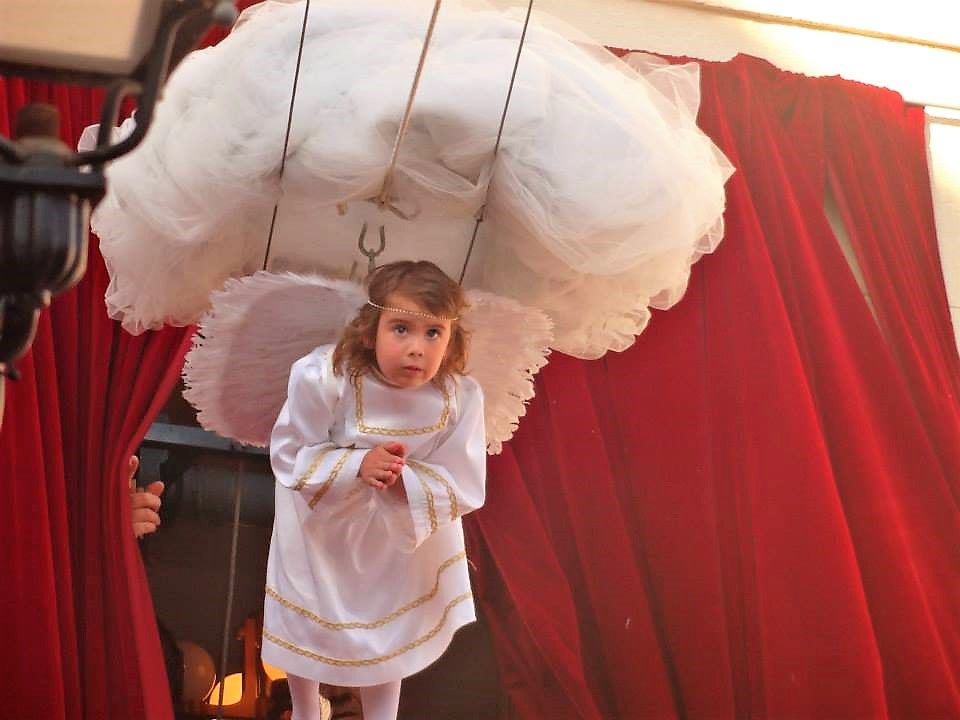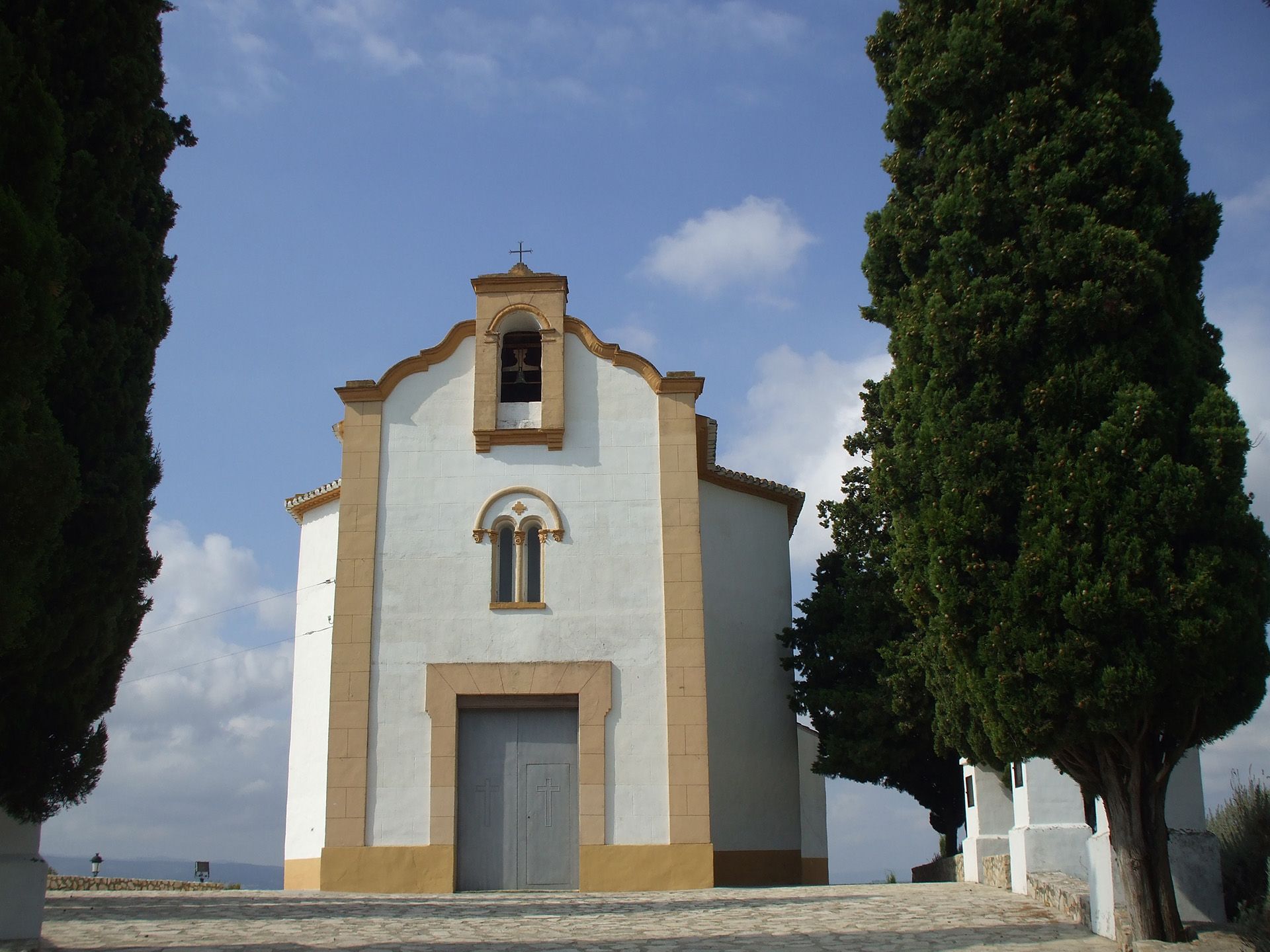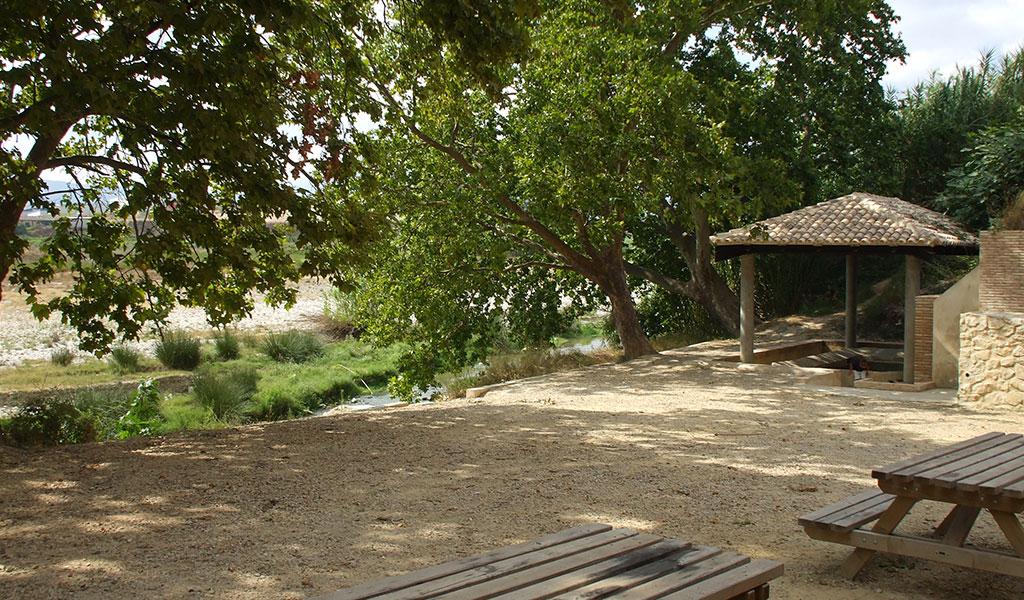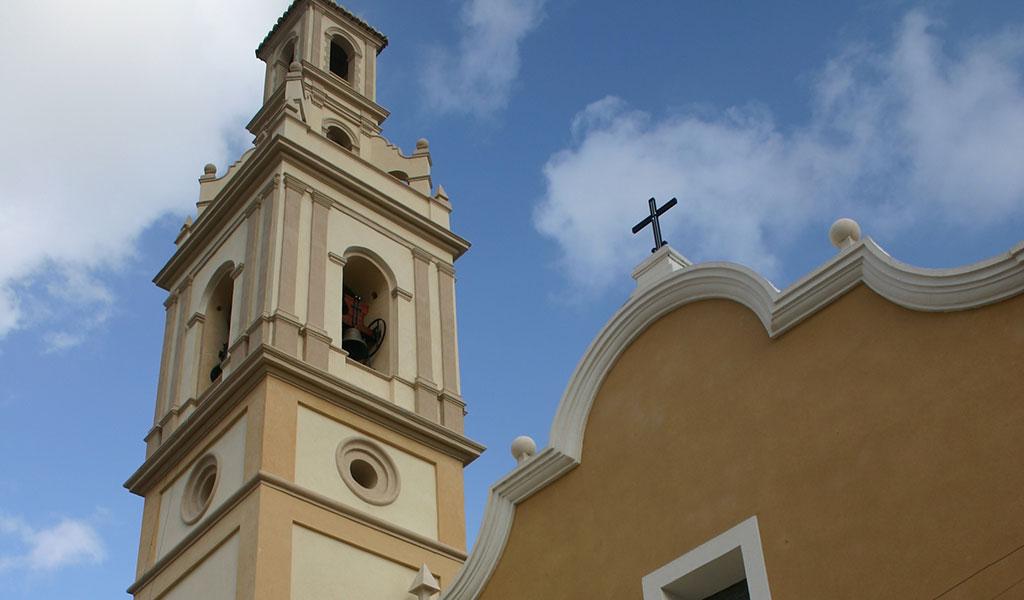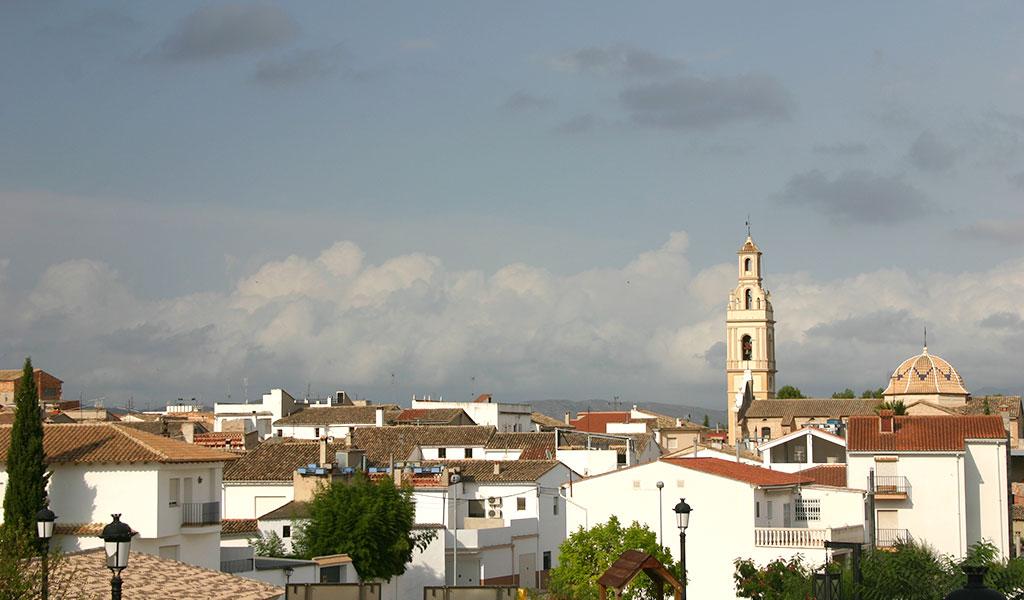Alfarrasí
–
Gastronomy:
Alfarrasí’s most traditional dishes are baked rice, rice casserole and rice with beans and turnips, as well as paella.
Places of interest:
Church of Saint Jerome Dating from 18th century. The nave is covered by a “mig canó” roof, with windows and reinforced between buttresses. In the interior, mention may be made of the main altar, the paintings of Joaquim Oliet, and the images of “Sant Gregori Magne”, “Sant Agusti”, “Sant Ambrosio” and “Sant Jeroni”. The door is formed of voussoirs. In the exterior, mention may be made of its square belltower, of four bodies, constructed with brick masonry. It has a stone plinth.
Hermitage of Christ of Agony
A simple and austere construction dating from 1739. It is hexagonal, with a dome and four chapels. It is accessed through a cypress-lined calvary. The stations were built in 1961, and the whole environment was renovated in 2001. From the hermitage it is possible to look out over valley and the “Benicadell” and “Calderona” mountains.
Festivities:
Alfarrasí’s most peculiar festivity is “L’Angelet de la Corda”, which is held during Easter. During the festivity, a child dressed as an angel removes the mantle from the statue of the Virgin Mary before High Mass.
The village’s main festivities are celebrated during the second fortnight in August in honour of Christ of the Agony, Saint Roche and the Holy Cross. Activities include mass, processions, street dinners, street dances, etc.
Festive calendar:
- In January, Saint Anthony the Abbott.
- Easter Sunday: Festivity of “El Angelet de la Corda”.
- In June, Corpus Christi.
- In the third weekend of August, festivities are celebrated in honour of Saint Roche, the Holy Cross and Christ of the Agony, with Moors and Christians celebrations.
- Saint Cecilia is celebrated on 22nd November.
